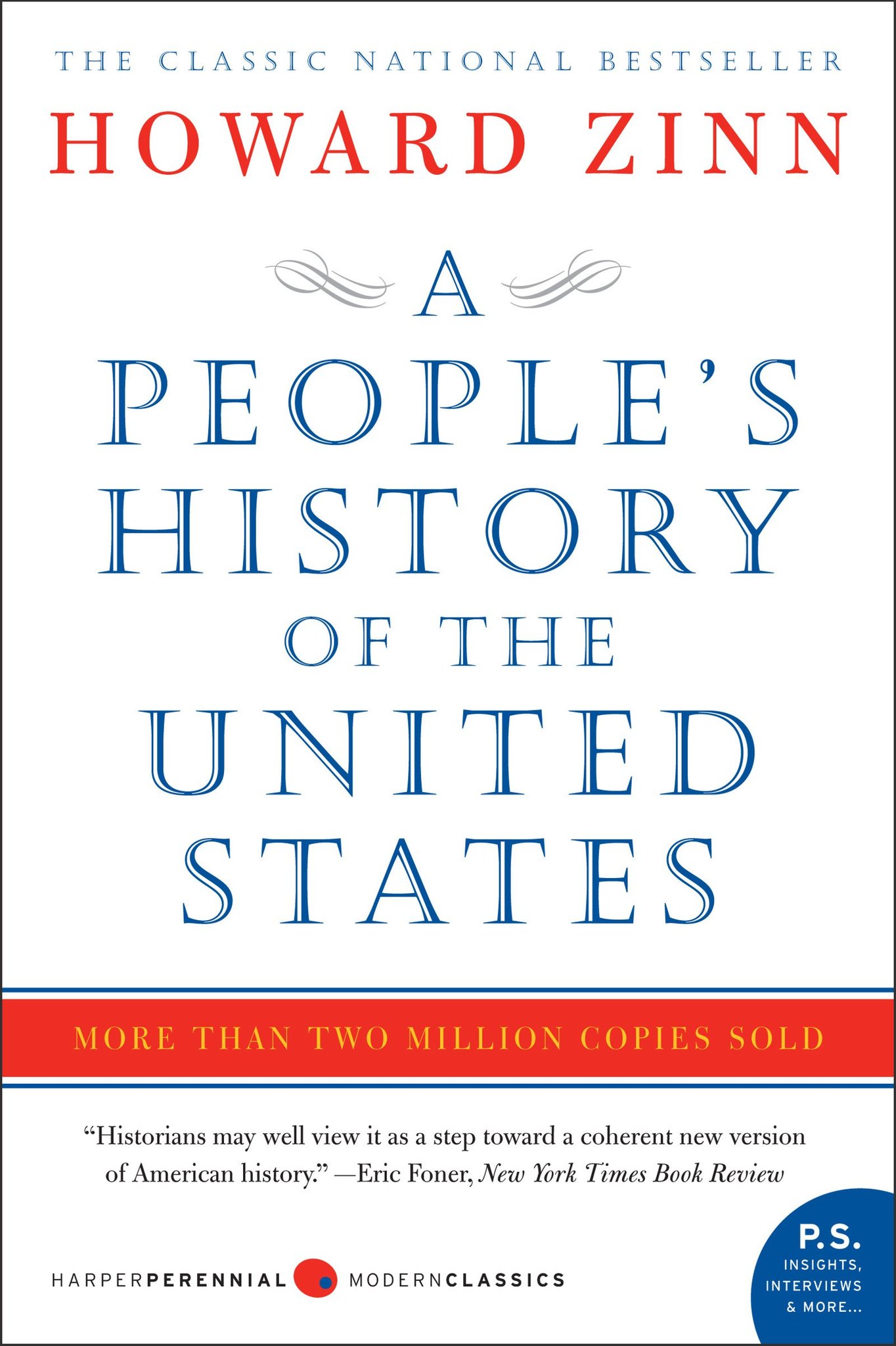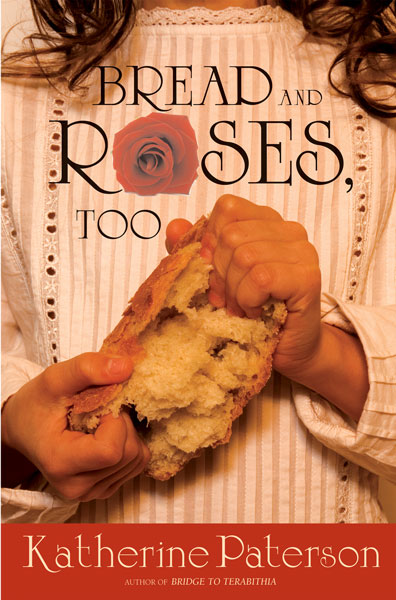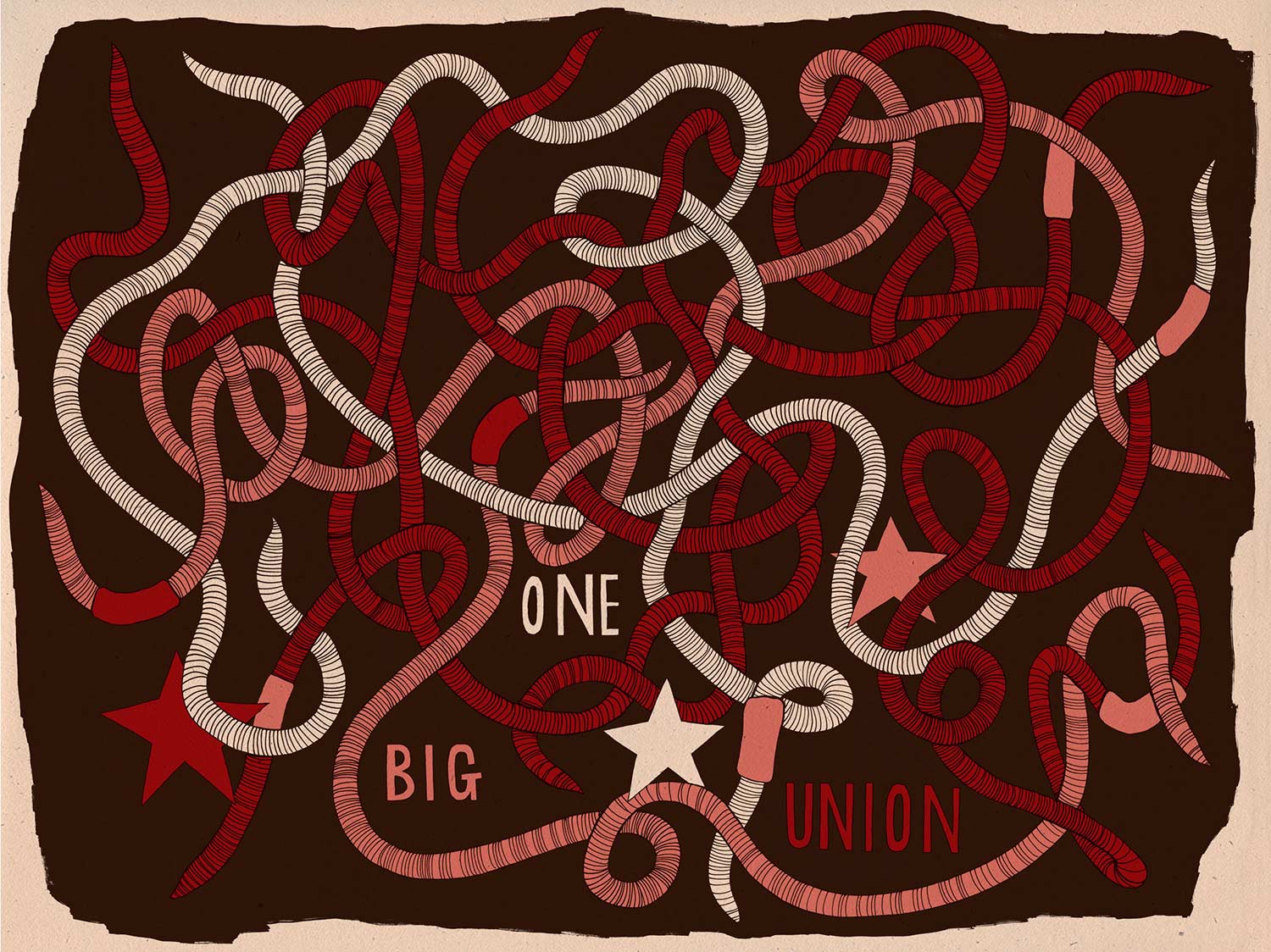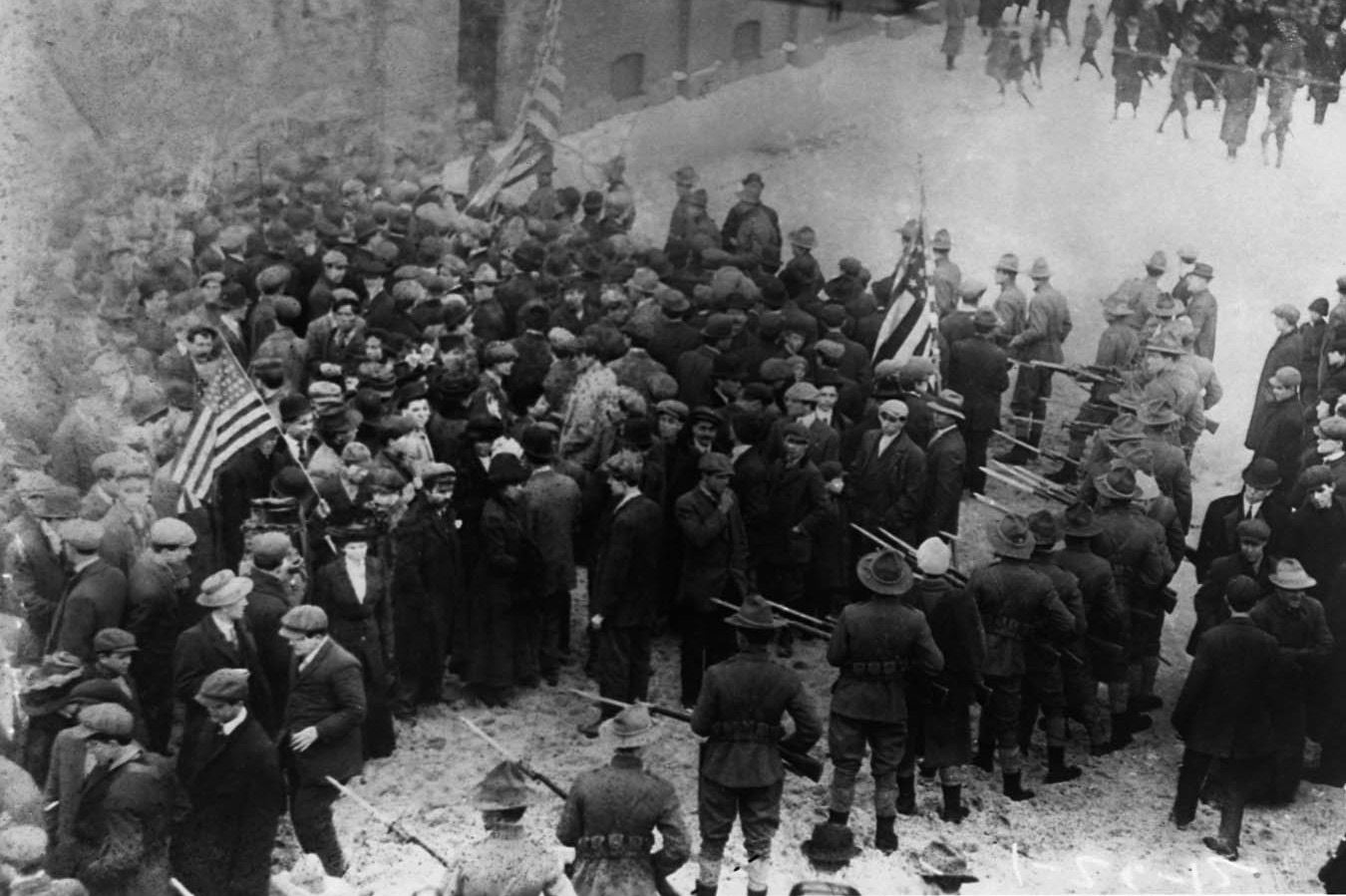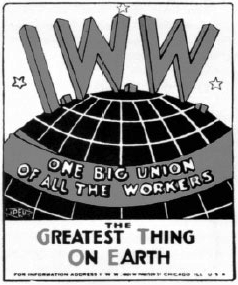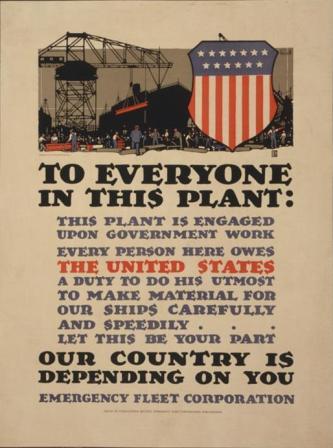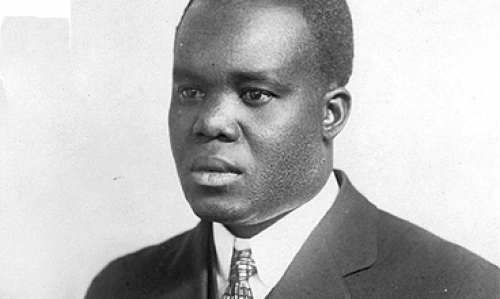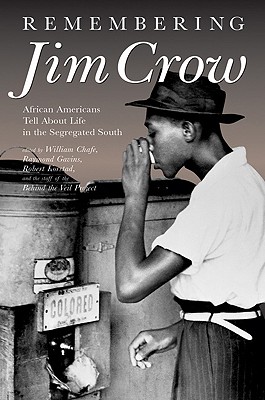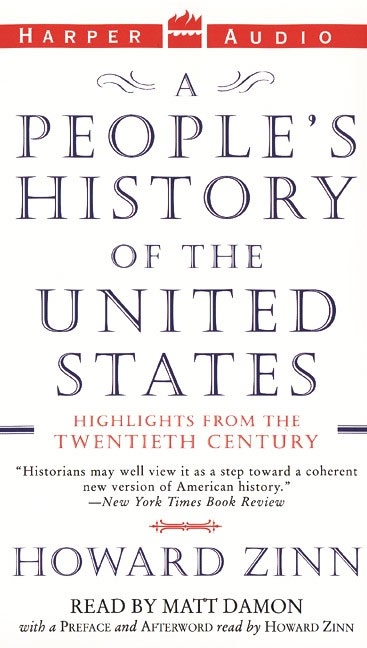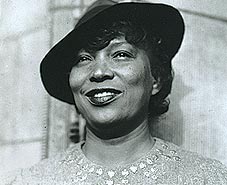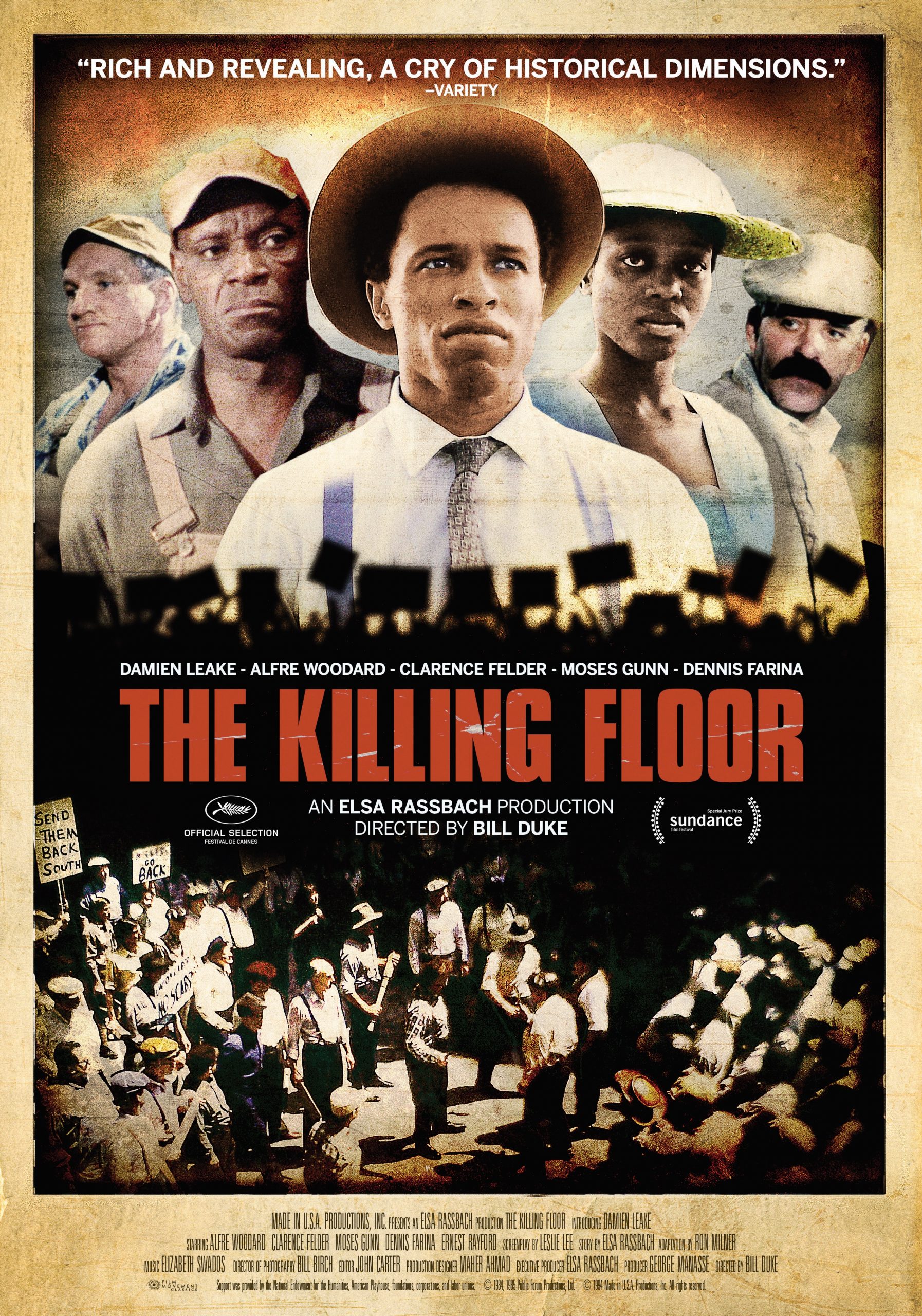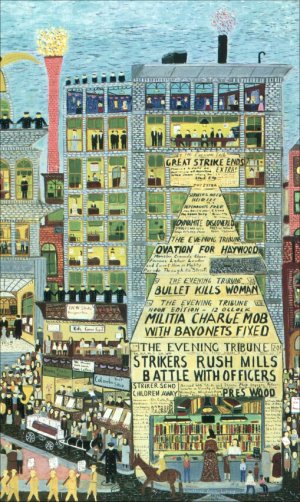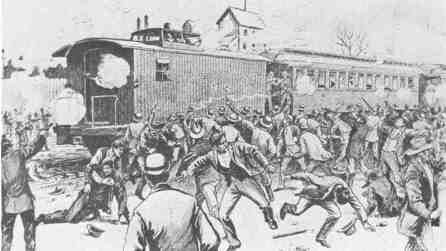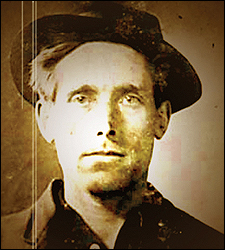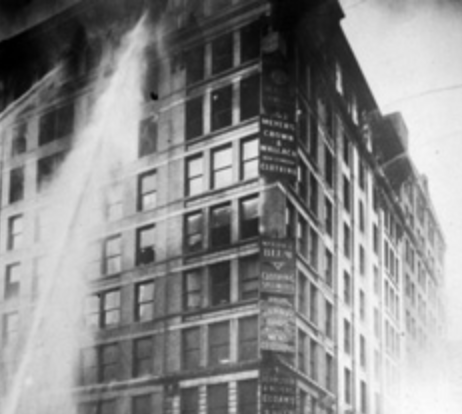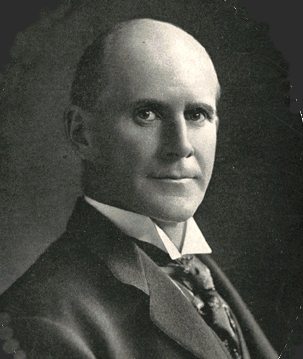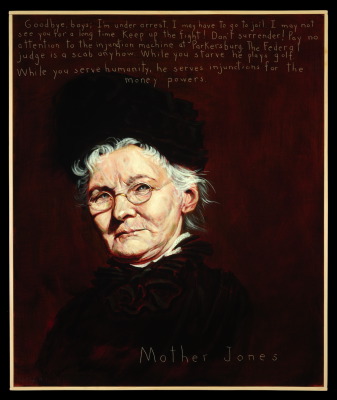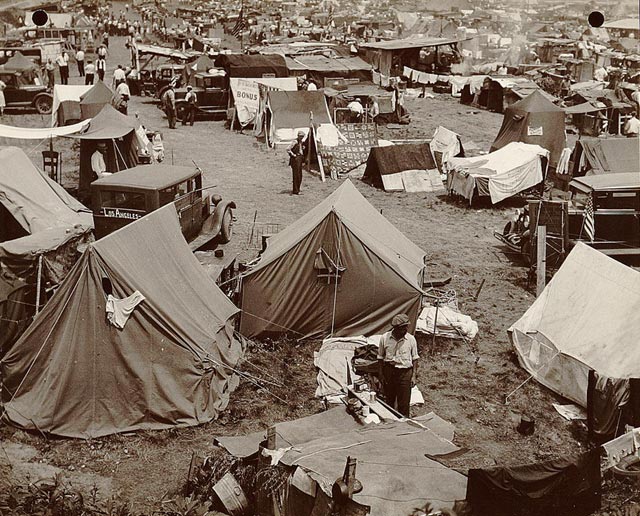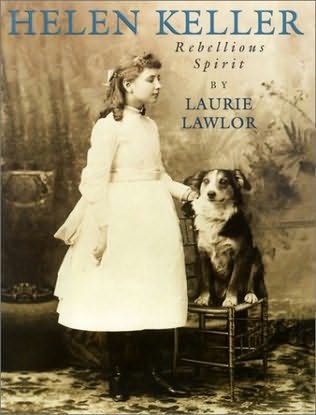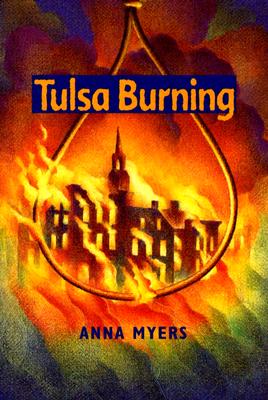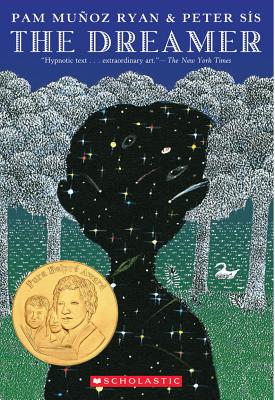Book — Non-fiction. By Howard Zinn. 2005, with a new introduction by Anthony Arnove in 2015. 784 pages.
Howard Zinn's groundbreaking work on U.S. history. This book details lives and facts rarely included in textbooks—an indispensable teacher and student resource.
Continue reading
Book — Fiction. By Katherine Paterson. 2006. 275 pages.
Moving young adult historical-fiction novel based on a major strike in Lawrence, Mass., in 1912.
Continue reading
Teaching Activity. By Bill Bigelow. Rethinking Schools. 13 pages.
A role play on the origins of the modern high school allows students to question aspects of schooling they often take for granted, such as tracking (“ability grouping”) and standardized testing — and to reflect on the racial biases of these so-called reforms.
Continue reading
Teaching Activity. By Bill Bigelow and Norm Diamond.
Role play on the 1912 Bread and Roses strike in Lawrence, Mass.
Continue reading
Reading for Teachers. By Bill Bigelow. 7 pages.
Author describes how students applied strategies from the Lawrence strike to their own present day activism.
Continue reading
Teaching Activity. By Gayle Olson-Raymer. 17 pages.
Questions and teaching ideas for Chapter 13 of Voices of a People's History of the United States on the labor movement at the turn of the century.
Continue reading
Teaching Activity. By Colby Smart.
Questions and teaching ideas for Chapter 14 of Voices of a People's History of the United States on anti-war efforts during the first World War, as well as the U.S. government's response.
Continue reading
Profile. By Jeffrey B. Perry.
Overview of the life and work scholar and activist Hubert Harrison.
Continue reading
Book — Non-fiction (with CD). Edited by William H. Chafe, Raymond Gavins and Robert Korstad. 2008. 346 pages.
Extensive oral history of African American life under segregation.
Continue reading
Audio. By Howard Zinn. Read by Matt Damon. 2003. 8 hours, 44 minutes.
Audio book version of excerpted highlights from A People's History of the United States.
Continue reading
Film. By Kristy Andersen. 2008. 84 minutes.
Documentary about the life, literature, and research of Zora Neale Hurston.
Continue reading
Film. Directed by Bill Duke. 1985. Digitally restored in 2020. 118 minutes.
Set during World War I, two African-American men deal with racism in the workplace and the labor union.
Continue reading
Website. Coalition of groups dedicated to education and memorial events about the Triangle Shirtwaist Factory Fire.
Continue reading
Song. Reprinted from Labor Notes 2007.
Links issues of economic security and quality of life, also addresses the role of women in the struggle for justice.
Continue reading
Teaching Activity. By Teaching Tolerance.
Introduces students to the role of the labor movement in securing contemporary benefits such as the 40-hour work week, the minimum wage, and workplace safety regulations.
Continue reading
Song. By Joe Hill. 1910.
A classic labor song, reaching out to workers to around the world.
Continue reading
Digital collection. Extensive online archive of primary documents on the Triangle Factory Fire.
Continue reading
Film clip. Voices of a People's History.
Dramatic reading of Eugene Deb's "Canton, Ohio" speech made on June 16, 1918 by Marc Ruffalo.
Continue reading
Profile.
Mother Jones (1830–1930) was a labor leader and organizer.
Continue reading
Article. By Mickey Z.
History of the 1932 Bonus Expeditionary Force (BEF) or Bonus Army.
Continue reading
Picture book. By Eloise Greenfield. Illustrated by Jan Spivey Gilchrist. 2011. 32 pages.
A picture book that introduces the historic story of the Great Migration to young readers.
Continue reading
Book — Non-fiction. By Bruce Watson. 2006. 352 pages.
The riveting story of one of the most remarkable strikes in U.S. history.
Continue reading
Book — Non-fiction. By Laurie Lawlor. 2001. 176 pages.
A biography that sheds light on Helen Keller as rebel and activist.
Continue reading
Book — Fiction. By Anna Myers. 2004. 152 pages.
A young man must wrestle with his past and find the strength to pull free from the poisonous grip of racism.
Continue reading
Book — Fiction. By Pam Muñoz Ryan. 2010. 384 pages.
An introduction to the life of Pablo Neruda as a child in historical fiction for young adults.
Continue reading

